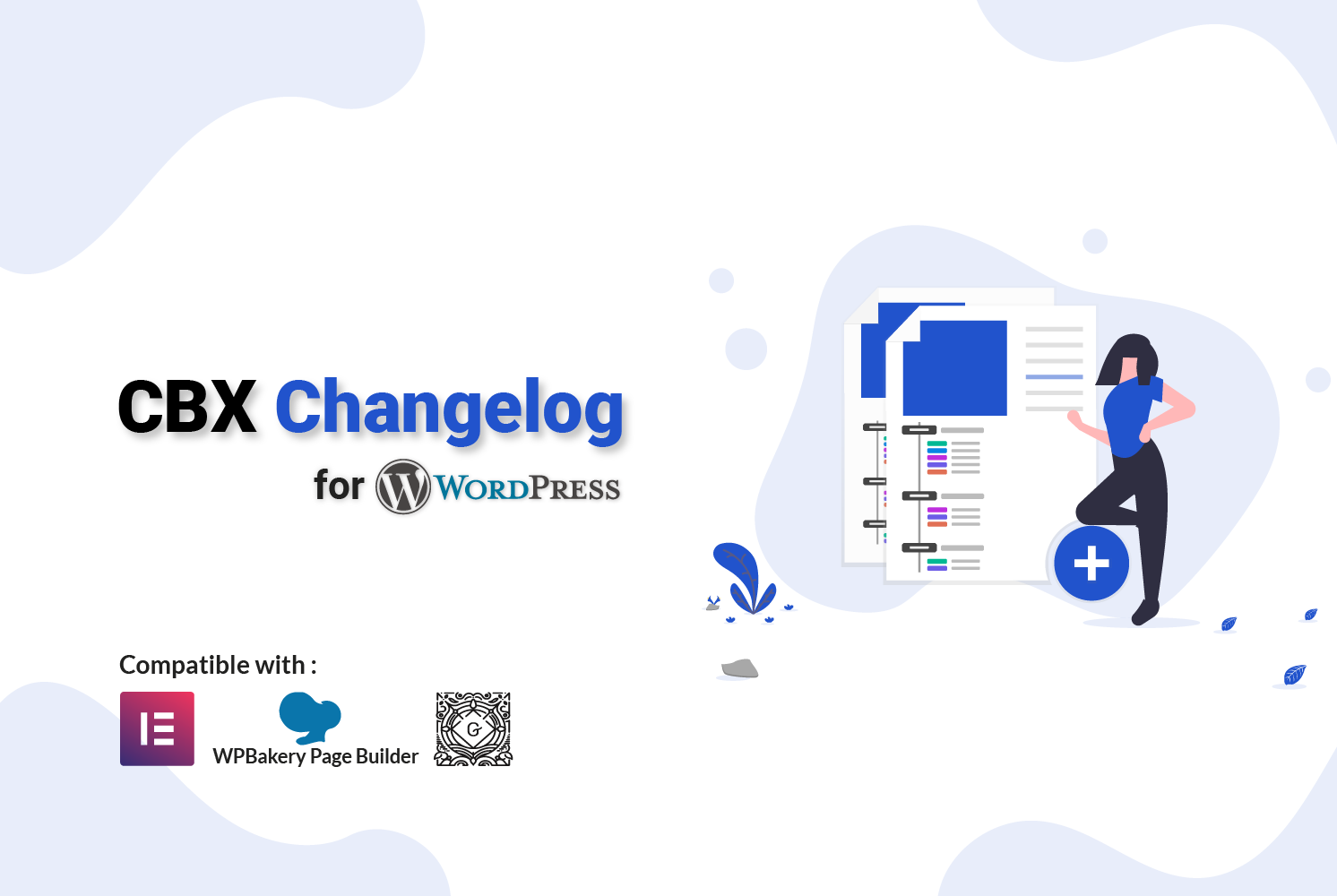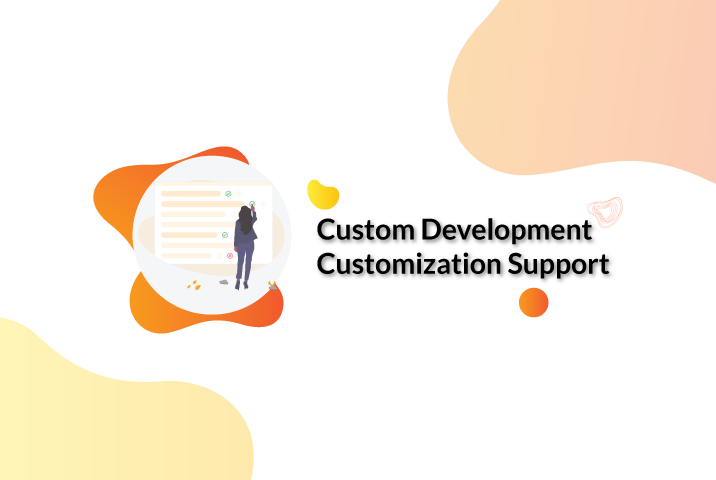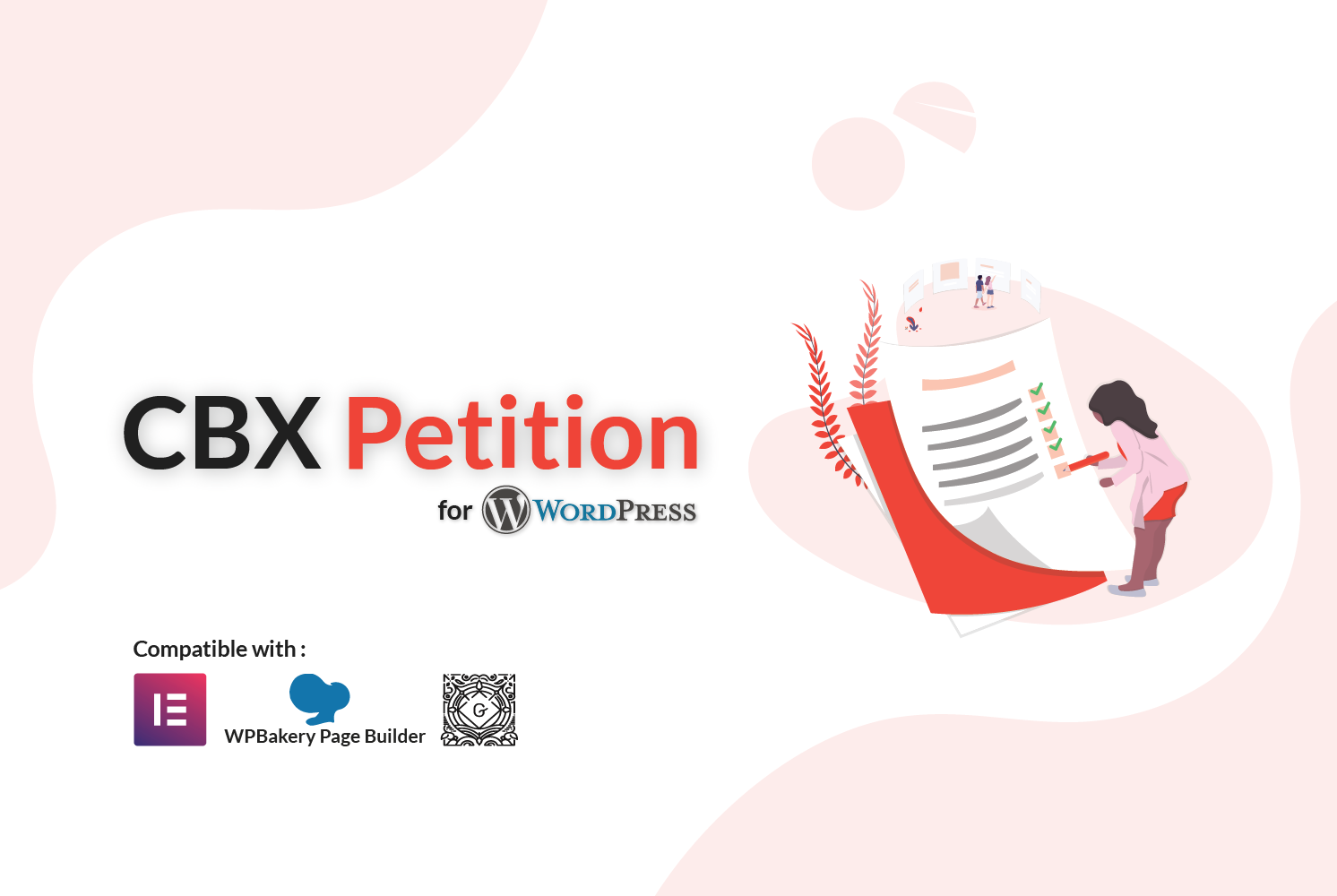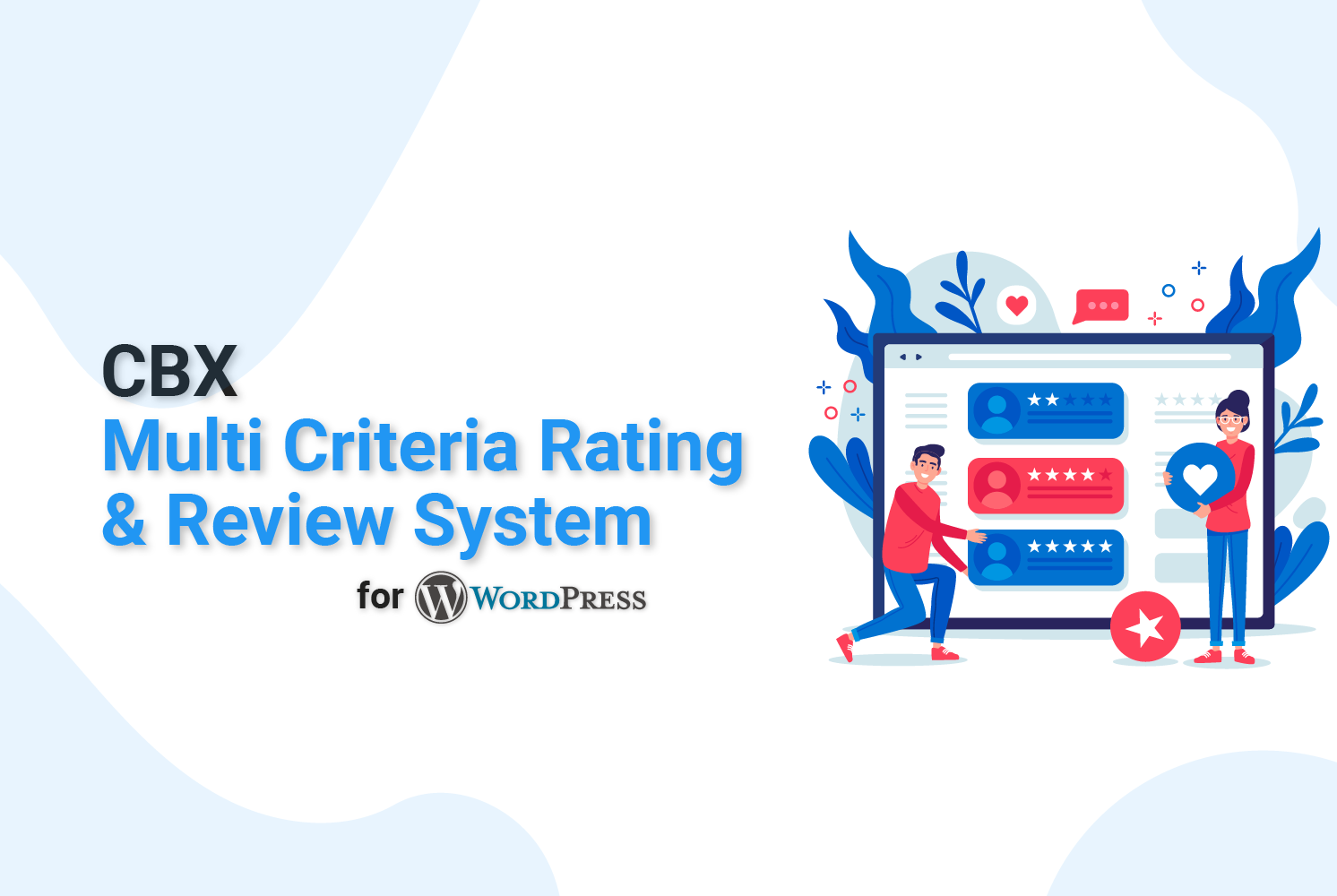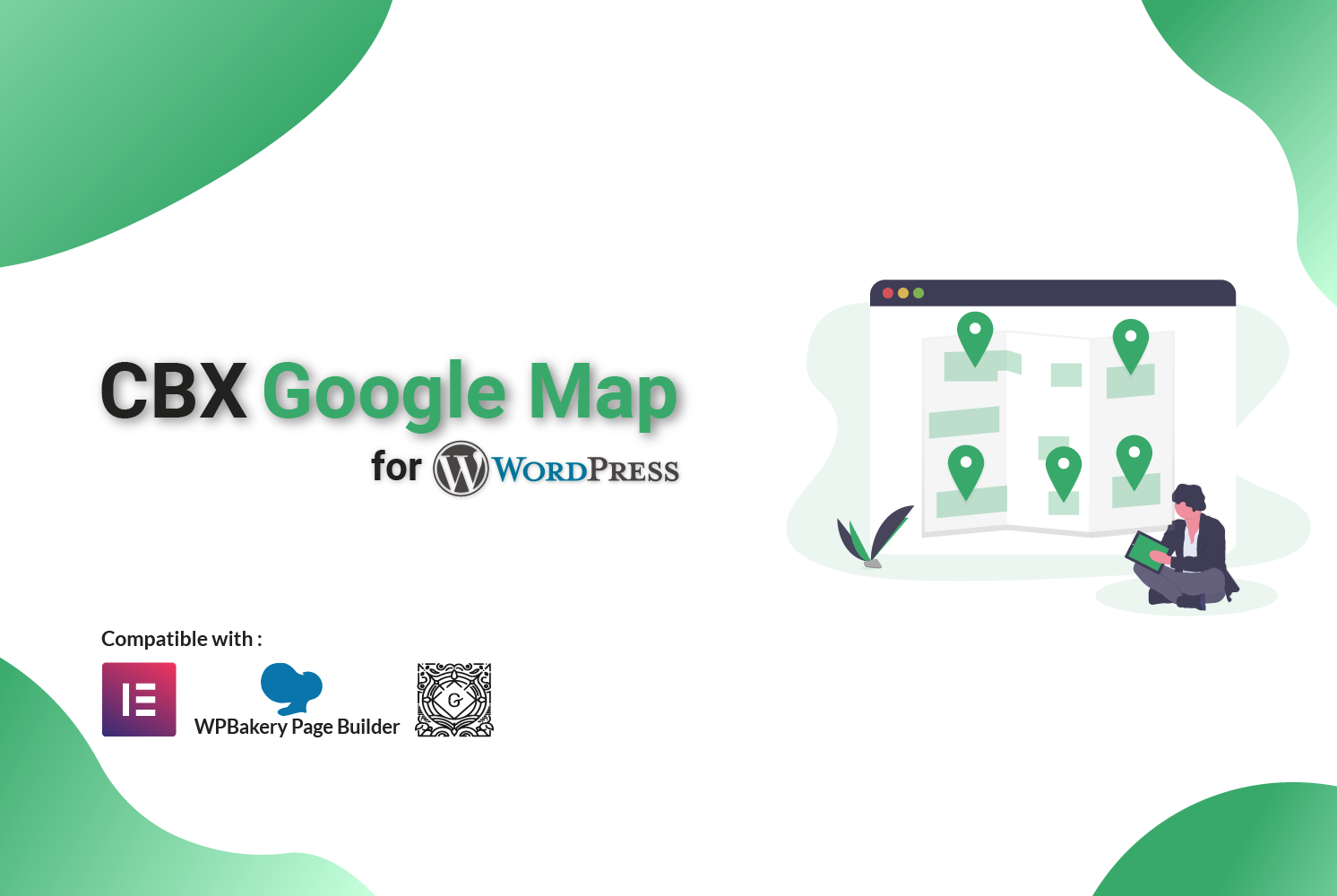Ultimate Guide to Modern CSS Tricks & Additions (2025 Edition)
Welcome, curious developer. The CSS universe keeps expanding in weird and wonderful ways. In this post we’ll walk through over 20 advanced features and tricks — 10 core modern ones you should already know, plus 10 extra advanced features with a handy compatibility matrix and polyfill strategies. Let’s get styling (and thinking) stronger than ever.
Part 1: Top 10 Must-Know Modern CSS Features
1. Container Queries (responsive to parent containers, not just viewport)
With the rise of component-based design, it’s no longer enough to query only the viewport size. Container Queries let you apply styles based on the size of a container element.
.card {
container-type: inline-size;
}
@container (min-width: 500px) {
.card-content {
display: flex;
gap: 1rem;
}
}
2. Cascade Layers (organise your CSS and tame specificity)
The @layer at-rule lets you define distinct “layers” in the cascade (e.g., reset, base, components, utilities) and control overriding order in a predictable way.
@layer reset {
/* resets here */
}
@layer base {
body { font: 16px/1.5 sans-serif; }
}
@layer components {
.btn { padding: .5rem 1rem; }
}
3. Relative Colour Syntax & New Colour Spaces
Colour in CSS is getting smarter. With relative colour syntax (adjusting an existing colour) and new colour spaces like OKLCH / OKLAB, you can create more perceptually accurate palettes.
.element {
background: oklch(55% 0.2 220);
color: color(srgb 1 1 1 / 0.8);
}
.dark-theme {
color: color(srgb 1 1 1 / 0.9);
}
4. Advanced Selectors & Parent-State Styles
The :has() parent selector lets you style an element based on whether it contains a certain child. This opens up possibilities previously forced into JavaScript.
/* Example: style a form label when the input inside it is filled */
label:has(input:not(:placeholder-shown)) {
font-weight: bold;
}
5. Performance-friendly Layout Tools
Features like content-visibility and scrollbar-gutter help improve rendering performance and avoid layout shifts.
.lazy-load-section {
content-visibility: auto;
}
.scrollable {
scrollbar-gutter: stable both-edges;
}
6. Nesting & Scoped Styles (cleaner authoring)
The @scope rule lets you define styles that only apply within a certain DOM subtree. This helps localise styles and keep them modular.
@scope (#widget) {
& h2 {
color: darkblue;
}
& p {
margin-bottom: 1rem;
}
}
7. Logical Properties & Multi-Value Display
Logical properties (like margin-block-start, padding-inline-end) and multi-value display (e.g., display: block flow) make layouts better suited for internationalisation and flexible writing-modes.
8. Scroll Snap & Scroll Behaviour Enhancements
With scroll-snap and new behaviours you can create carousels, galleries or scrollable modules with fine control and less JS.
.container {
scroll-snap-type: x mandatory;
}
.container > * {
scroll-snap-align: start;
}
9. Subgrid & Grid Layout Refinements
The subgrid value of CSS Grid allows nested grids to inherit the tracks of the parent grid—great for complex layouts without extra wrappers.
10. Viewport & Container Units & Fluid Typography
New units (e.g., cqw/cqh for container width/height) and fluid typography techniques let you set font-size or spacing relative to parent containers rather than the viewport.
Part 2: 10 More Advanced CSS Features – With Polyfills & Compatibility Matrix
Here we dive deeper: ten more advanced features you’ll want to keep an eye on (or already use) along with how safe they are and how you can polyfill or fallback when needed.
| Feature | Description | Browser Support* | Polyfill/Strategy |
|---|---|---|---|
@property |
Allows custom CSS properties to be transitioned and animated by defining their syntax and initial values. | Good in Chromium & Safari; partial elsewhere. | Use fallback properties; or avoid animating if unsupported. |
anchor-positioning API |
Place elements (popovers/tooltips) relative to others without JS via CSS anchors. | Limited support currently. | Fallback to absolute/JS positioning. Feature-detect via CSS @supports or JS. |
transition-behaviour / starting-style |
Advanced transitions where you can define starting styles or discrete transitions. | Experimental. | Fallback to simpler transitions; detect with @supports. |
text-wrap / text-box-trim |
Improved wrapping/trimming of text boxes/shapes. | Experimental / behind flags. | Use JS fallback or avoid relying on it fully until support matures. |
:is() / :where() |
New selector shortcuts for grouping and specificity control. | Well supported in modern browsers. | No polyfill typically needed; good progressive enhancement. |
mixins & functions in CSS |
Proposal to allow CSS to define reusable mixins/functions natively. | Future spec, not widely supported yet. | Continue using Sass/Less; use post-CSS tools for now. |
@scope |
Scoped styling per DOM subtree. | Limited support. | Use CSS modules, BEM, or shadow DOM for now. |
if() conditional in CSS values |
Proposal: if() to conditionally select values. |
Experimental. | Use CSS custom properties + JS fallback if needed. |
colour interpolation / advanced colour spaces |
Using OKLCH/OKLAB, interpolate-size, etc. | Growing support across all major browsers. | Fallback to sRGB/HSL; feature-detect using CSS @supports(color: oklch(…)). |
content-visibility & view transitions |
Skip rendering or animate between views. | Partial support. | Use intersection observers or JS animated transitions as fallback. |
*Browser support is approximate; always check live data (e.g., via CanIUse).
Practical Tips for Using These Features Wisely
- Use
@supportsto detect feature support and provide fallbacks gracefully. - Still include baseline styles for older browsers even if you rely on modern CSS.
- When using features from Part 2 (experimental), mark them as progressive enhancements—not critical for core functionality.
- Test in real-world devices and browsers; performance wins matter as much as flashy features.
- Keep accessibility in mind: always test via keyboard and screen-reader scenarios.
Final Thoughts
CSS is no longer just “make things look nice” — it’s evolving into a language of layout, responsiveness, performance, and theming. The additions and tricks we’ve covered enable more expressive, modular, efficient front-end work. Embrace the new tools, but remember that backward-compatibility, performance, and accessibility still matter. Build for humans and machines alike.
Keep experimenting, keep reading specs and blog posts, stay curious and playful. The front-end world is still weird and wonderful. Happy styling!
Need to build a Website or Application?
Since 2011, Codeboxr has been transforming client visions into powerful, user-friendly web experiences. We specialize in building bespoke web applications that drive growth and engagement.
Our deep expertise in modern technologies like Laravel and Flutter allows us to create robust, scalable solutions from the ground up. As WordPress veterans, we also excel at crafting high-performance websites and developing advanced custom plugins that extend functionality perfectly to your needs.
Let’s build the advanced web solution your business demands.




